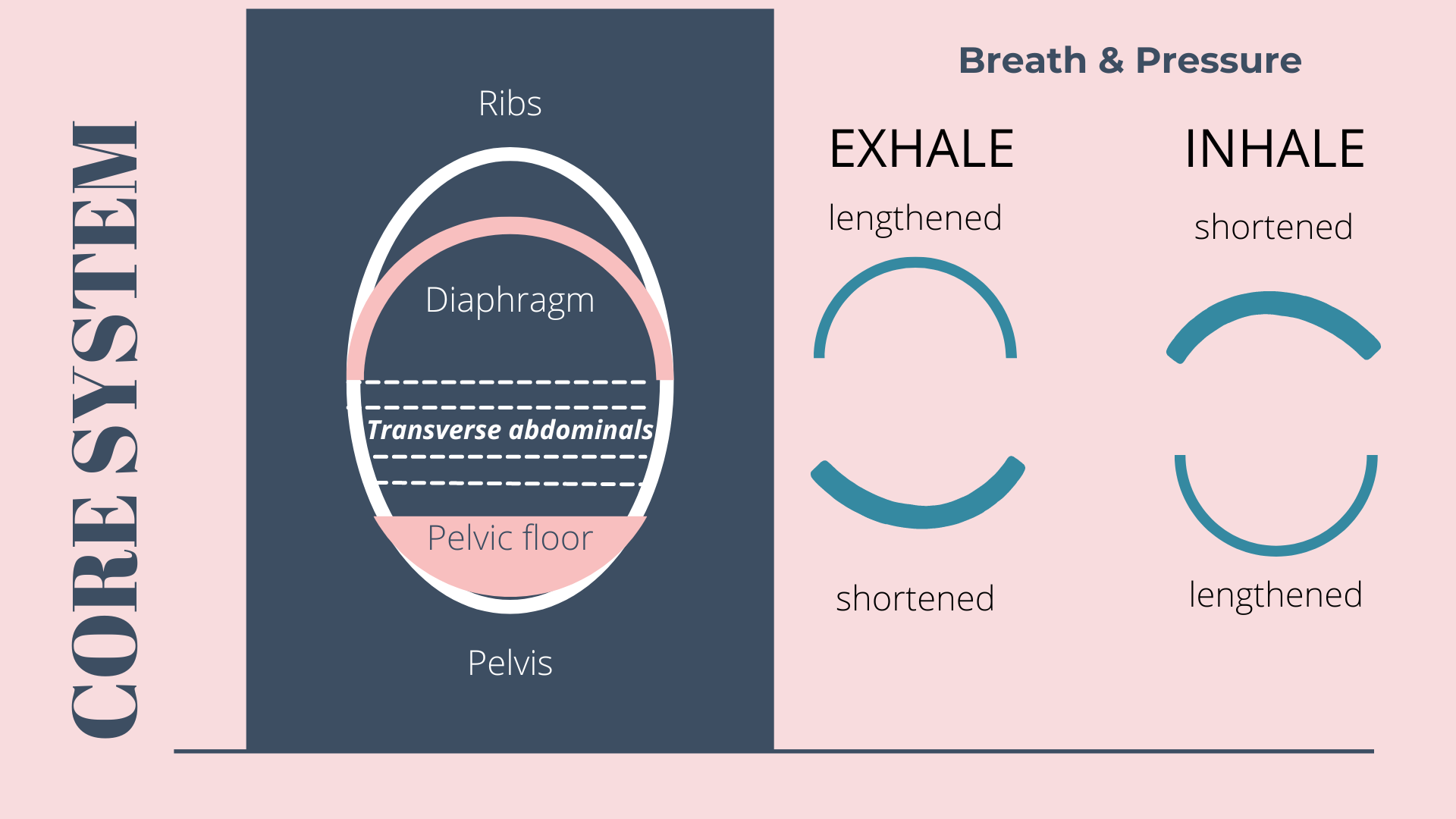Part 1: Breath & Pressure
Confession... I’m obsessed with breathing.
I guess we all are subconsciously considering breathing literally gives us life, but the nuances of breathing mechanics are FASCINATING.
Highly recommend the book Breath by James Nestor. It really gives you insight on how breathing mechanics impact our health.
I also love working out. And you know what you need to be able to run, lift, jump? Pressure! And you know what impacts your ability to create and manage pressure? Breathing!
Let’s dive into the relationship between breathing and pressure, maybe it’ll explain why every pelvic floor PT in the world is (hopefully 😉 looking at breathing patterns.

Breathing is pressure. The act of breathing influences the pressures in our body (intra-abdominal pressure, thoracic pressure, blood pressure). Did you know quick, short breaths increase sympathetic drive (flight or fight response) and therefore increase blood pressure? Whereas if you practice slow, long breaths you tap into the parasympathetic system (relax and digest response) which decreases blood pressure.

Let's do a quick anatomy lesson before we dive into breathing patterns to give you a visual. The spine, ribs and pelvis are the framework of the core system. The key muscles in the deep core system are the diaphragm, transverse abs/obliques, and pelvic floor.
Think back to gym class when you played with those ginormous parachutes. The kids circled around holding the parachute are the circumference of the rib cage. The parachute is the diaphragm.
On inhalation, the ribs should expand (kids run away from each other) helping the diaphragm contract and move down (parachute flattens) which pressurizes the abdominal cavity lengthening the pelvic floor.
On exhalation, the ribs should close (kids run together) allowing the diaphragm to relax back up into a dome shape (like the parachute billowing up) depressurizing the abdominal cavity allowing the pelvic floor to shorten and lift.
These mechanics depend on the ability of the ribs to rotate where they meet the spine, the diaphragm moving through a full range of motion, and coordination of the abs and pelvic floor. Any excessive tightness in joints or imbalanced muscular relationships change how the pressure is distributed. Pressure always goes the path of least resistance. The key is distributing it throughout the system instead of it finding a victim to pound on (usually the pelvic floor or ab wall).
Let's explore some poorly distributed pressure situations. If ribs are stiff and not fully expanding and closing, it limits the diaphragm's movement and ability to either contract to inhale or relax to fully exhale. In the situation of a poofed up chest (think muscular guy strutting around the gym or a gymnast landing a flip), the ribs are "open" and the diaphragm is in a flattened state pressurizing the abdominal cavity. This pressure sustained over time may cause a "weak" pelvic floor (it's not usually weak, just in a lengthened position unable to contract effectively).
Another scenario...chronically sucking abs in (which also poofs out the chest). The constant tension of the ab wall, especially coupled with a diaphragm that's in a descended position, creates a LOT of pressure down on the pelvic floor. Symptoms of prolapse and leaking can start popping up (or out...pun intended).
Or another common situation, glute clenching (a go-to habit for moms). Clenching glutes has a few affects. One, it pushes the pelvis forward which not only lengthens the ab wall, but also pressurizes it due to position. Two, it creates tension in the back half of the pelvic floor which then directs pressure to the front half, the structurally more vulnerable area, especially when healing from a vaginal birth. These are just two reasons to relax your balloon knot.
Let's do one more (I can't help myself). The slumped posture (every new mom just sighed in unison, "uh huh"). Being tired + feeding baby every 2 hours + carrying baby...how can we not get slumpy that first year postpartum?! Anyways, the flexed position of the spine and potential gripping of the upper abs creates pressure down on the pelvic floor and lower ab wall. Many times slumpy posture goes along with glute clenching, so there can be a double whammy effect on the abs and pelvic floor.
Alrighty, so there are some examples of poor distribution of pressure that can cause us trouble in the core and pelvic floor. Let's try an exercise to start connecting with how we're breathing and how to use pressure to our advantage!
Supportive Child's Pose with Serratus Press
Key points:
* Shoulders away from ears
* Actively push body away from floor through elbows hollowing chest
* Keep spine slightly flexed to lengthen back muscles
* Use as much support as needed to be comfortable
5 breaths x 2-3 sets
(modified version of the Child's Pose with Serratus Press from the Postural Restoration Institute)
What this exercise can help with...
* Back and neck tightness
* Rib mobility
* Ankle/toe mobility (if feet tucked under)
* Improve rib-scapular position
* Back body breathing for better pressure management
* Feeling pressure of breath expand back of pelvic floor
* Learning how to distribute pressure down back (inhale) and up and out front (exhale)
Reasons to not do this exercise...
* Any joint pains
* Any uncomfortable muscle straining
* Heaviness or uncontrolled pressure in vaginal area
* If it doesn't feel good!
Disclaimer: This information is for educational purposes only and not intended to replace or override any personalized guidance from your healthcare team.
